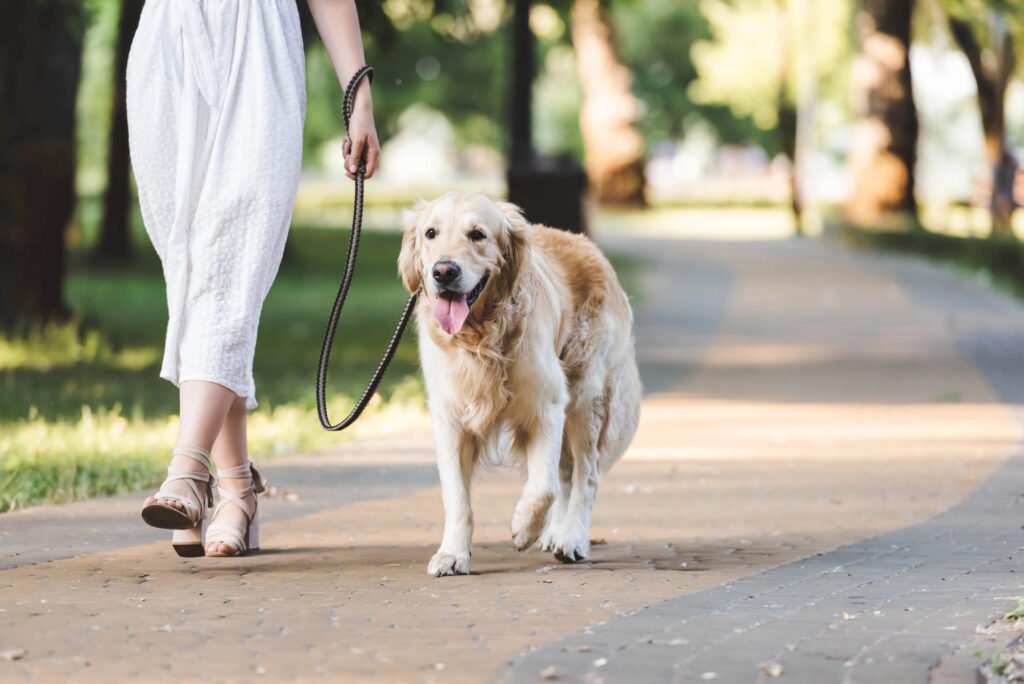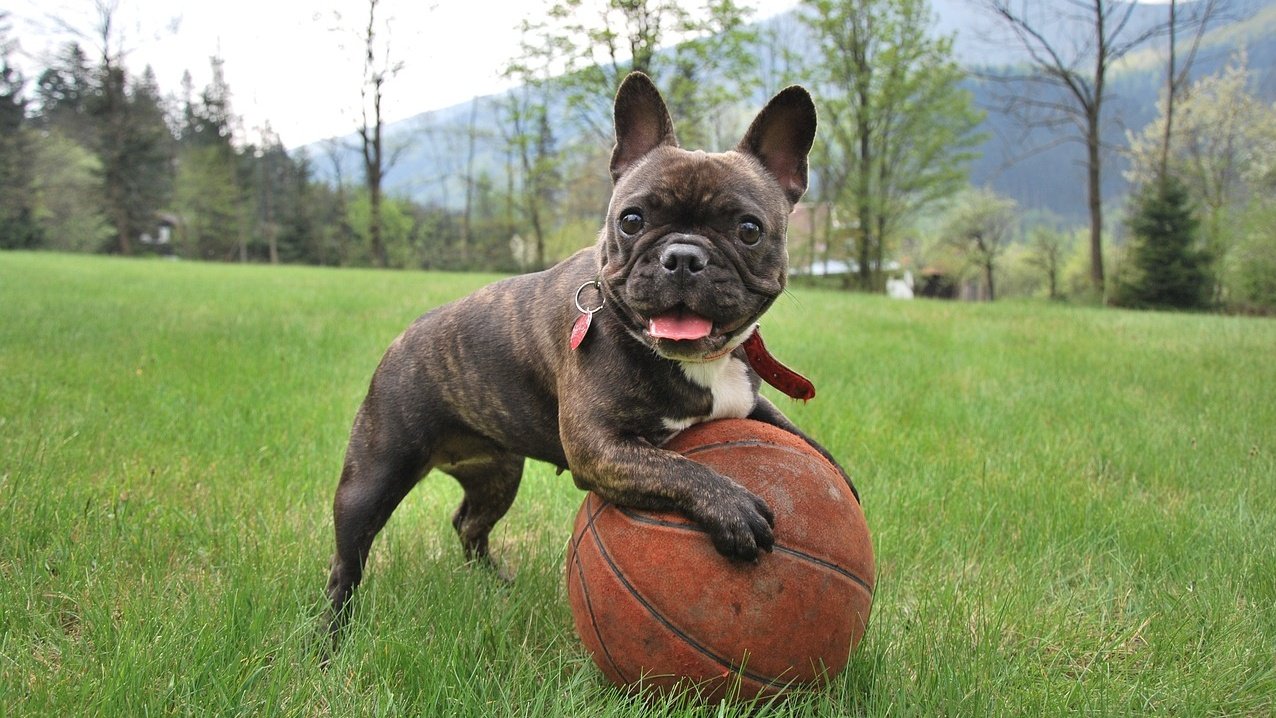Clicker training is a popular and effective method for training dogs using positive reinforcement. This technique employs a small device called a clicker to mark a desired behavior, followed by a treat as a reward. The clicker’s distinct sound signals to the dog that they’ve done something right, effectively creating a communication bridge between you and your pet.
The Science Behind Clicker Training

At the core of clicker training lies the concept of operant conditioning, a learning principle established by B.F. Skinner. This principle asserts that behaviors can be modified using rewards or consequences. In clicker training, the click sound acts as a positive reinforcement, encouraging dogs to repeat the behavior that triggered the click.
The Benefits of Clicker Training

Clicker training offers several advantages. It provides clear communication, reduces confusion, and accelerates learning. Because this method relies on encouragement rather than punishment, it also enhances the bond between the trainer and the dog, creating a positive and stress-free learning environment.
The Essentials

To begin clicker training, you’ll need a clicker and a supply of treats your dog finds motivating. The clicker is a small device that you can easily carry during training sessions. Additionally, choose treats that are small, tasty, and easily consumable to keep your dog focused and eager to learn.
Conditioning Your Dog to the Clicker

The first step is to create an association between the click sound and positive reinforcement. Begin by clicking the device and immediately offering your dog a treat. Repeat this process several times until your dog associates the click with a reward. This process is known as “charging the clicker.”
Introducing Basic Commands

Once your dog associates the click with a reward, you can start teaching basic commands. Choose a behavior you want to reinforce, such as “sit” or “stay.” When your dog performs the action, click to mark the behavior, then reward them with a treat. Consistency is key, so practice regularly.
Troubleshooting Common Challenges

At times, your dog may not respond as expected. If this happens, review your technique. Are you clicking at the right moment? Is the reward motivating enough? Assessing these factors can help you overcome common challenges in clicker training.
Clicker Training for Advanced Behaviors

Once your dog masters basic commands, you can progress to more complex behaviors. Use the same method of clicking and rewarding to shape advanced behaviors like agility exercises or tricks. Break down complex tasks into smaller steps, and reward your dog for each successful effort along the way.
Maintaining Training and Consistency

Consistency is crucial in clicker training. Maintain a regular training schedule, keep sessions short and focused, and reinforce learned behaviors in various settings. This approach reinforces learning and ensures your dog applies these behaviors in different contexts.
The Role of Patience and Positivity

Patience and positivity are foundational to successful clicker training. Celebrate small victories and remember that learning takes time. A supportive and enthusiastic attitude not only encourages your dog but also fosters a love for learning and interaction between you and your pet.
Building a Lifelong Bond through Training

Clicker training is not just a tool for teaching behaviors; it’s a method that strengthens the bond between you and your dog. By fostering understanding, communication, and trust, clicker training can lead to a more fulfilling and joyful relationship with your four-legged friend.

Andrew Alpin from India is the Brand Manager of Doggo digest. Andrew is an experienced content specialist and social media manager with a passion for writing. His forte includes health and wellness, Travel, Animals, and Nature. A nature nomad, Andrew is obsessed with mountains and loves high-altitude trekking. He has been on several Himalayan treks in India including the Everest Base Camp in Nepal.






